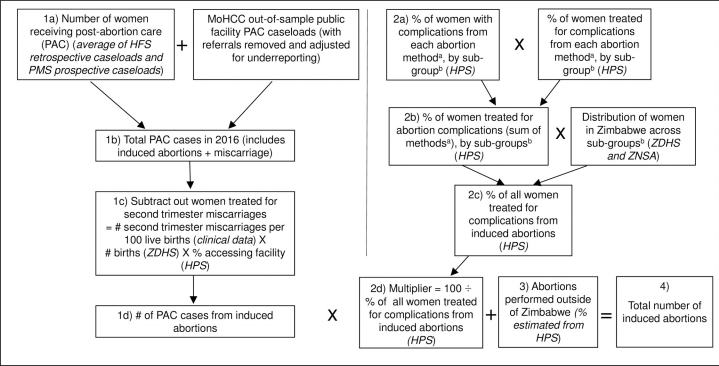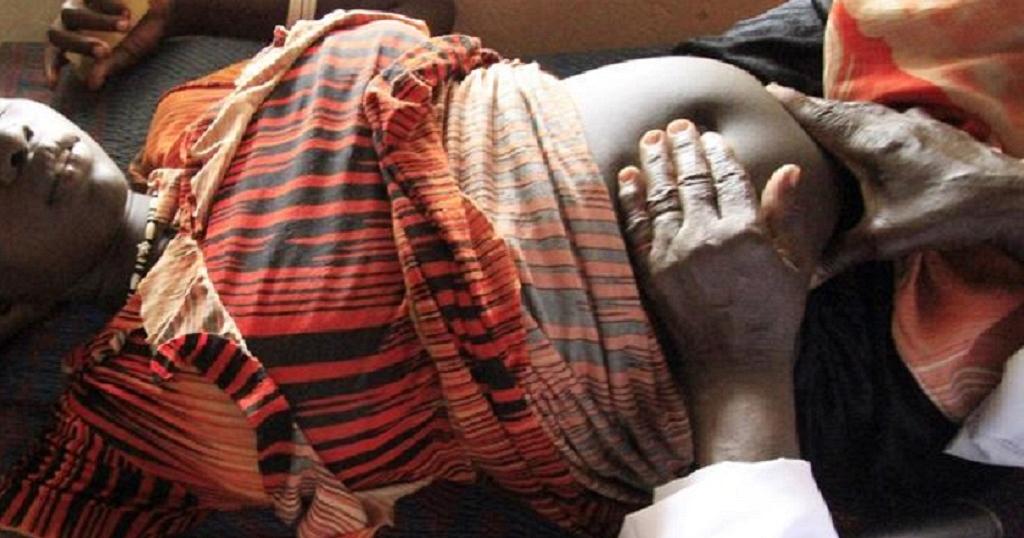CLAIM: As many as 80,000 illegal abortions take place in Zimbabwe every year.
VERDICT: True, the latest available research shows that induced abortions in the country range between 54,000 and 86,000 per year.
Background:
Dr Ruth Labode, the chairperson of the Parliamentary Portfolio Committee on Health and Child Care, recently told Parliament that as much as 80,000 illegal abortions take place in Zimabwe annually.
“Illegal abortions in Zimbabwe have increased from 60 000 to 80 000 per annum – which is very unsustainable,” Labode said, as she argued to a review of Zimbabwe’s Termination of Pregnancy Act, which was passed in 1977.
The Termination of Pregnancy Act places restrictions on abortion. According to the law, abortion is only permitted in Zimbabwe in the following circumstances:
- When there is a serious threat to the life of a woman.
- When there is risk of permanent impairment to her physical health.
- Risk of grave physical/mental defects leading to severe handicap in the child.
- When the pregnancy results from unlawful intercourse – rape, incest or intercource with a mentally handicapped woman.
A magistrate must certify that conception resulted from unlawful intercourse.
For medical grounds of abortion, two physicians must certify that the medical/physical reasons justifying abortion exist.
Zimbabwe’s National Guidelines for Post-Abortion Care define abortion as “Spontaneous or induced termination of pregnancy before 22 weeks gestation or less than 500 grams foetal weight.”
The guidelines define unsafe abortion as “Termination of an unwanted pregnancy either by persons lacking the necessary skills or in an environment lacking the minimal standards, or both.”
Sources of Data:
Because abortion is restricted by law and stigmatised due to religious and cultural factors, it is diffiicult to collect data on the incidence of abortion in Zimbabwe.
However, according to Dr Bernard Madzima, Director of Family Health in the Ministry of Health and Child Care, some data on abortion is collected routinely through the health information systems and periodically, through surveys.
As early as 2001, Zimbabwe’s health ministry estimated that between 60,000 and 80,000 unsafe abortions were taking place in the country, annually.
However, in 2016, the first national study on the provision of post-abortion care, the incidence of induced abortion and unintended pregnancy in Zimbabwe was undertaken.
Zimbabwe’s Ministry of Health and Child Care collaborated with the University of Zimbabwe College of Health Science–Clinical Trials Unit and the Guttmacher Institute of New York, in the United States of America to conduct the study.
The basis of the study was examination of cases of post-abortion care (PAC) in the country.
Although Zimbabwe restricts abortion, the government has an extensive network of health facilities providing PAC services in a bid to improve sexual reproductive health and reduce deaths caused by abortion complications.
With a high maternal mortality rate between 614 and 651 out of 100,000 live births, according to official data, the Zimbabwe government has sought to provide and expand post-abortion care because unsafe abortions account for as much as 20% of all maternal deaths recorded in the country.
The PAC facilities, patients and experts provided the basis on which the 2016 study was conducted.

Study methods:
The 2016 study used the Abortion Incidence Complications Method (AICM), which indirectly estimates the incidence of induced abortion by obtaining a national estimate of post-abortion care (PAC) cases.
Using this statistic, the study then estimates what proportion of all induced abortions in the country would result in women receiving PAC.
The 2016 study was made up of three different national surveys. The first was a census of 227 health facilities with PAC capacity, the second was a prospective survey of 127 women seeking abortion-related care in a nationally-representative sample of those facilities and the third was a sample of 118 Zimbabwean experts knowledgeable about abortion in the country.
The estimate of induced abortion, along with census and Demographic Health Survey data, was used to estimate unintended pregnancy.
Results:
The study estimated that 25,245 PAC patients were treated in Zimbabwe in 2016, but there were critical gaps in their care, including stock-outs of essential PAC medicines at half of facilities.
The survey of health professionals with knowledge about about abortion was used to calculate a multiplier, or an estimate of the number of women having abortions who either did not experience a complication or did have a complication but did not receive treatment, for every one woman receiving PAC.
The national total of induced abortions is the product of the multiplier and the annual PAC caseload.
As a result, approximately 66,847 induced abortions (uncertainty interval (UI): 54,000–86,171) were estimated to have occurred in Zimbabwe in 2016, which translates to a national rate of 17.8 (UI: 14.4–22.9) abortions per 1,000 women aged 15–49. Overall, 40% of pregnancies were unintended in 2016, and one-quarter of all unintended pregnancies ended in abortion.
Conclusion:
Although data on abortion is hard to get due to legal restrictions on the procedure, the latest available research, which drew on health facilities providing post-abortion care, some women seeking treatment as well as experts involved with the subject, provides a scientific basis to support the claim that as much as 80,000 unsafe abortions take place in Zimbabwe every year.
Do you want to use our content? Click Here












